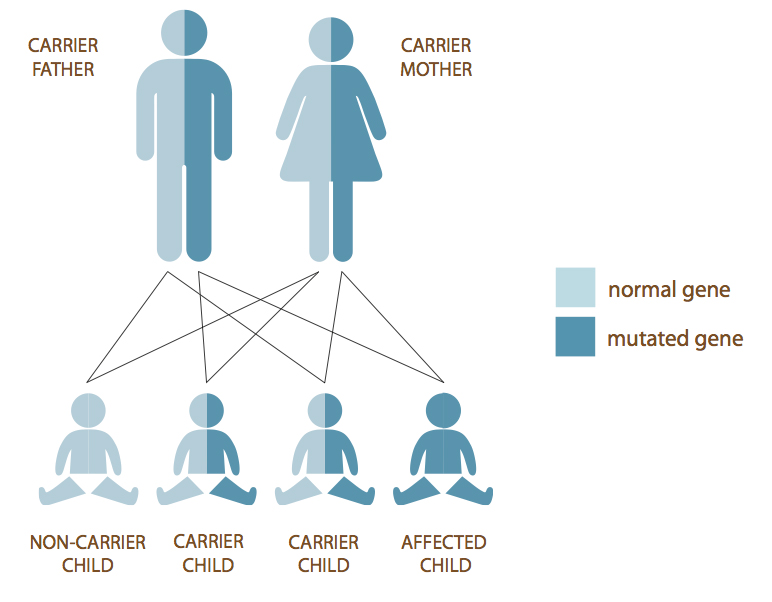Genetic Disease
This type occurs very frequently in the case of marriage of relatives, and this type of disease is transmitted by recessive inherited genes, where the transmission of these inherited genes, and which is carried only by one common grandparent between the husband and wife, and the result of the transmission of these legacies appear different genetic diseases, although the awareness campaigns of this type of disease is widespread, but there are many families that mate only from the same family, and these families increase the genetic diseases due to the ideas of fanaticism they have, and we will show in this article a list of the most common genetic diseases.
The most common genetic diseases

- Sickle cell anemia
- This type of genetic anemia occurs as a result of a change in the shape of red blood cells, so that the shape of the sickle.
- The change in the shape of the blood cells causes a decrease in their ability to transport oxygen.
- The decrease in the amount of oxygen that is transferred through the blood to the body parts affects the functions of the body.
- Symptoms of the disease are: Chronic anemia, low activity, coagulation, acute pain in joints and bones, lack of growth, and various heart problems.
- Thalassemia
- This disease is classified as a chronic anemia, which affects the ability of the body to make red blood cells in the blood.
- In this case, hemoglobin is unable to transport oxygen to the body.
- Thalassemia is found in two forms, alpha and beta.
- Symptoms of the disease appear as: loss of appetite towards food, yellowing of the face, permanent paleness, inability to sleep, vomiting, and diarrhea.
- Spinal Muscular Atrophy (S.M.A)
- This disease is classified as a genetic disease that affects the nerves of the spinal cord located in the spine in the human body.
- Symptoms of the disease appear to be atrophy in the muscles of the limbs to show a severe muscle relaxation.
- Muscle relaxation causes trouble swallowing and breathing.
- The disease is characterized by three mild, moderate and severe types, each of which is specialized for a certain period of life.
Tips to avoid having children with genetic diseases
- It is advised to stay away from the marriage of relatives, especially in the case of certain diseases in the family.
- When planning for pregnancy, it is recommended to avoid pregnancy above the age of forty, as the possibility of an imbalance in the number of chromosomes increase after this age.
- In-vitro-Fertilisation (IVF) is a technique that avoids having children with hereditary diseases, where the appropriate medical staff will perform the appropriate selection of sperm and egg that do not have genetic defects.
- After having a child, care must be taken to regularly check and follow up to check on the child’s condition.



